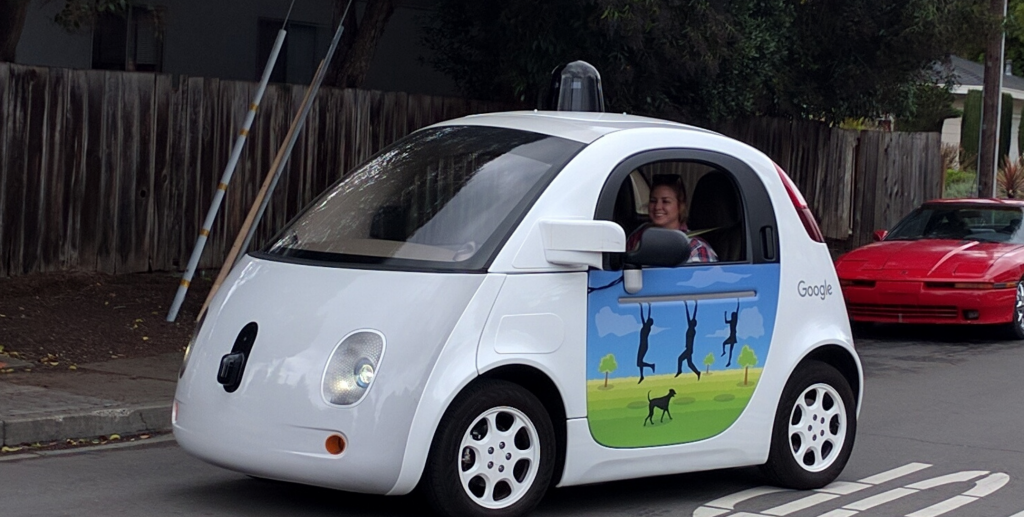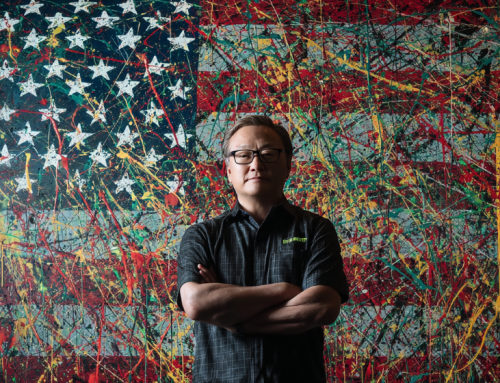
Will a Google self-driving car or any American AI work in Great Britain?
Smaller Roads, Reversed Traffic Flows Challenge U.S. AI
On the highways in the Southwest between Texas and California, it’s common to see lots of driverless trucks hauling freight. Even though safety drivers are required in most, the AI brains in the truck are racking up millions of accident-free miles. But there might be a small problem that programmers overlooked in Waymo and other autonomous vehicles developers: Britain’s B-Roads, or back roads.
If you have seen a video of a driverless car in action, it probably looks something like this: the car zips down well-maintained, wide roads with little traffic around. These are “perfect conditions,” according to James Titcomb writing for telegraph.co.uk. Autonomous videos are nearly always shot on American roads.
The roads in Britain are not all smooth, wide ribbons of concrete. Many of the English back roads through the countryside are dirt-based, some wind around fields and many are littered with potholes.
But another big problem for American-made AI is that the English drive on the opposite side of the road. Everybody knows that right? Well it seems, not everybody.
Olivia Rudgard examined the challenges driverless cars trained on American roads are likely to face on British ones in another story on telegraph.co.uk last week. She found that software U.S. companies have spent years developing may prove far less effective in the UK. Driving on the other side of the road may be more confounding than programmers realize.
Rudgard says the companies that neglected to take English roads and driving opposite sides of the road in to consideration have left the door open for English AI developers.
An article on cnn.com says that the UK government expects to have driverless vehicles on their roads by 2021 not just for testing, but for commerce. However, a recent poll shows that English drivers are not sold on the idea just yet. In fact, RAC research showed “62% of UK drivers were actually scared by the thought of truly driverless cars on the road, with only 27% believing they will make the UK’s roads safer.”
Gizmodo.com reports roughly 78% of Americans said that they were afraid to ride in a self-driving car, but that went down to just 63 percent in early 2017, indicating that attitudes were softening. While, 44 percent of Americans say that they’re comfortable with self-driving vehicles being used for delivery of food and packages.
It’s clear that laws must be updated on both sides of the pond to assure the safest possible merging of driverless vehicles-into traffic dominated by human drivers.
read more at telegraph.co.uk







Leave A Comment